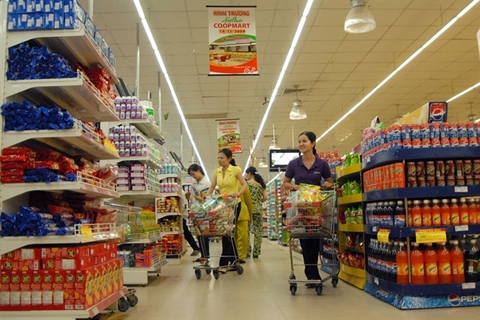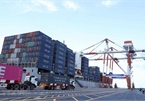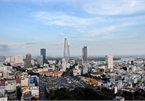 |
|
Viet Nam's services growth is expected to stage a recovery over the second half of 2020.
|
Viet Nam’s real GDP was reported to grow by 0.4 per cent year-on-year (y-o-y) in the second quarter of this year, its weakest since the series began in 2000, mainly due to a sharp slowdown in manufacturing growth and a contraction in services.
“Given that Viet Nam appears to have contained the COVID-19 outbreak domestically, we expect manufacturing and services growth to stage a recovery over the second half of 2020,” the ratings agency said in a report released on Wednesday.
That said, the extent of recovery in manufacturing will be capped by weak external demand in a global recession, while a controlled reopening of borders only to ‘foreign experts, high-level workers and investors’, according to the Prime Minister on June 25, will continue to hamper a recovery in tourism-related services such as retail, accommodation and catering, and transport.
“We expect growth of the industrial and construction sector, which account for about 35 per cent of GDP, to recover somewhat over H2 2020. Growth of the industrial sector slowed significantly in Q2 2020 to 0.7 per cent y-o-y, from 5.1 per cent y-o-y in Q1 2020."
According to reports from the General Statistics Office, the output of the extractive sector contracted by 6.4 per cent y-o-y in Q2 2020, extending its decline from 4.2 per cent y-o-y in Q1 2020, and Fitch expected the y-o-y contraction to continue over the coming quarters as the ongoing low oil price environment was making exports unprofitable for PetroVietnam.
Growth of manufacturing, the largest sub-sector at 17 per cent of GDP, slowed to 3.2 per cent y-o-y, from 7.1 per cent y-o-y in Q120, as activity stalled due to Viet Nam’s movement restrictions in April. With Viet Nam’s restrictions having been lifted, Fitch expected manufacturing growth to recover over the second half of the year.
“Indeed, industrial production growth trends already indicate a sharp recovery underway and we expect this to be sustained over H2 2020. In particular, we expect the EU-Viet Nam Free Trade Agreement, which will come into effect in August 2020, to deliver a boost to export manufacturing activity,” Fitch said, adding that Viet Nam’s manufacturing sector will also gradually receive support from companies relocating from China and around the region. That said, weakened external demand amid a global recession will cap the extent of Viet Nam’s manufacturing activity rebound.
Construction growth remained steady at 4.6 per cent y-o-y in Q2 2020, versus 4.2 per cent y-o-y in Q1 2020 and Fitch expected a ramping up of the Government’s public infrastructure drive to aid the sector over H2 2020.
Fitch expected services (42 per cent of GDP) growth to also recover somewhat over H2 2020.
It noted, income losses due to the COVID-19 economic shock will also see consumers tighten their purse strings, which would also hamper a recovery in tourism-related sub-sectors, such as retail, hospitality, and transport and warehousing services.
However, that said, an increase in domestic tourism in light of ongoing limitations on international leisure travel and consumer worries of contagion in the absence of a COVID-19 vaccine should help to cushion the loss in business for these sectors.
“Real estate services (5 per cent of GDP) will likely also remain under pressure amid a challenging retail outlook, although we believe that Viet Nam re-allowing business travellers and investors should deliver some support to this sub-sector.” — VNS

Vietnam GDP growth forecast in 2020 remains highest in Asia: IMF
The International Monetary Fund (IMF) maintains its forecast for Vietnam’s GDP growth at 2.7% in 2020, the highest in Asia, and the pace is expected to speed up to 7% in 2021.

Vietnam records lowest GDP growth rate in 30 years
Vietnam’s gross domestic product (GDP) increased 1.81 percent during the first six months of 2020, the lowest first-half growth pace since 2011, according to the General Statistics Office (GSO).